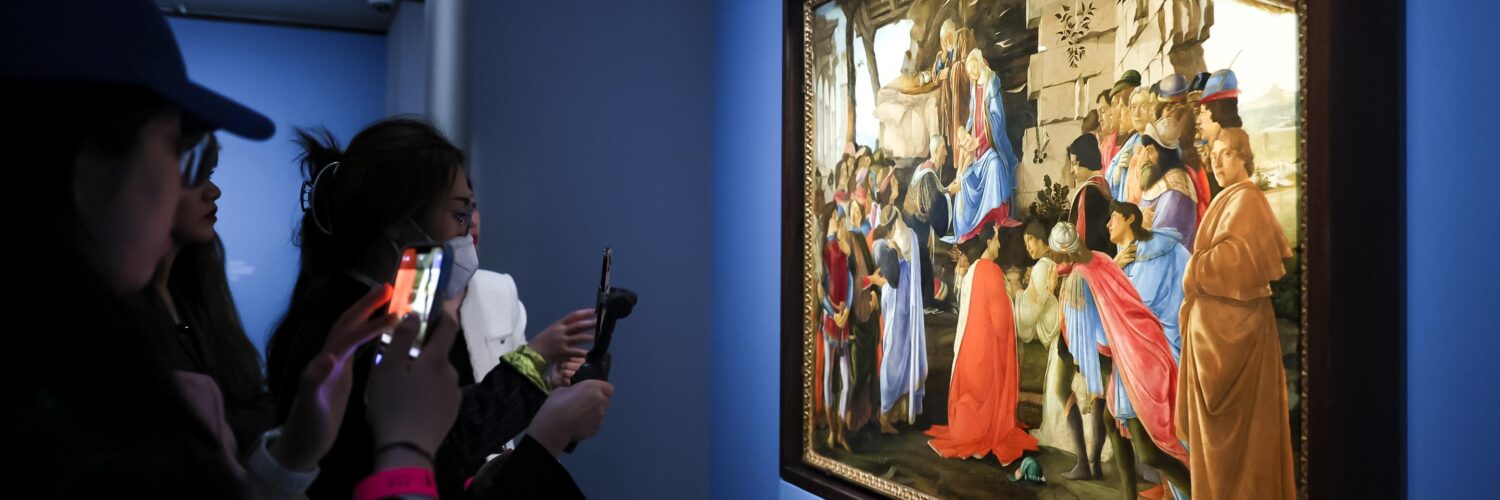In the annals of history, we often encounter remarkable individuals who stand as paragons of their time. One such luminary from the Renaissance period was Aemilia Bebi, a figure of unparalleled talent and influence in both the realms of art and literature. In this comprehensive exploration, we will delve into the life, works, and enduring legacy of Aemilia Bebi, highlighting her contributions to a world in the throes of transformation.
1. The Renaissance Era: A Time of Enlightenment
To truly appreciate Aemilia Bebi’s significance, we must first immerse ourselves in the ambiance of the Renaissance. This epoch, spanning the 14th to the 17th centuries, was a crucible of cultural, intellectual, and artistic revival in Europe. It was a period that witnessed a surge in creative expressions, humanism, and a newfound fascination with classical antiquity.
2. Aemilia Bebi: The Early Years
Aemilia Bebi was born in the city of Florence in 1479. Raised in the heart of the Renaissance, she was nurtured by an environment teeming with innovation and creativity. Aemilia’s family, well-connected within the artistic and intellectual circles of the time, exposed her to a wealth of knowledge and culture.
3. The Pioneering Poetess
Aemilia’s journey as a poetess began at a young age when she started penning verses inspired by the pastoral beauty of Tuscany. Her lyrical prowess quickly garnered attention, and by the age of 18, she had published her first collection of poetry, titled “Flowers of the Heart.” Aemilia’s words, often imbued with vivid imagery and deep emotion, resonated with her readers.
Keywords: Aemilia Bebi, poetess, Renaissance poetry
4. Artistry in a Time of Flourishing
While Aemilia’s poetic talents were awe-inspiring, her multifaceted nature extended far beyond the realm of literature. She was a skilled artist, and her paintings captured the essence of the Renaissance. Aemilia’s works showcased meticulous attention to detail and a deep understanding of human anatomy, which was a hallmark of Renaissance art.
Keywords: Aemilia Bebi, Renaissance art, Renaissance paintings
5. A Literary Legacy
Aemilia Bebi’s literary contributions weren’t limited to poetry. She was a prolific essayist and playwright as well. Her essays explored a wide array of topics, from humanism to the blossoming sciences, while her plays were celebrated for their wit and insightful commentary on society.
Keywords: Aemilia Bebi, literary legacy, Renaissance essays
6. A Woman of Letters
Aemilia was a voracious reader and a dedicated scholar. She corresponded with luminaries of her time, engaging in intellectual discourse that transcended the boundaries of gender. Her letters, filled with astute observations and deep reflections, have become valuable historical artifacts, shedding light on the intellectual climate of the Renaissance.
Keywords: Aemilia Bebi, Renaissance scholar, correspondence
7. A Bridge Between Ages
Aemilia Bebi’s works often served as a bridge between the Middle Ages and the Renaissance. Her deep appreciation for classical antiquity and the revival of ancient knowledge and art defined her creative output. Her writings and artworks were a testament to the Renaissance spirit.
Keywords: Aemilia Bebi, Renaissance bridge, classical antiquity
8. The Influence of Aemilia Bebi
Aemilia’s impact extended far beyond her time. Her writings and art not only inspired her contemporaries but also left an indelible mark on subsequent generations. Her commitment to education and her fervent belief in the power of the arts to elevate the human spirit continue to resonate with us today.
Keywords: Aemilia Bebi influence, Renaissance legacy
9. Rediscovering Aemilia Bebi
For many years, Aemilia Bebi’s contributions were overshadowed by her male counterparts. However, in recent years, her life and works have garnered the attention they deserve. Scholars and art enthusiasts alike are reevaluating her role in shaping the Renaissance.
Keywords: Rediscovering Aemilia Bebi, Renaissance reevaluation
Conclusion
Aemilia Bebi’s story is a testament to the power of human creativity, especially during the Renaissance. Her ability to seamlessly blend art and literature, her unwavering commitment to learning, and her pioneering spirit have solidified her place as a Renaissance woman of art and literature. As we continue to explore the rich tapestry of history, Aemilia Bebi’s name deserves a prominent place among the luminaries of her time.






Add comment